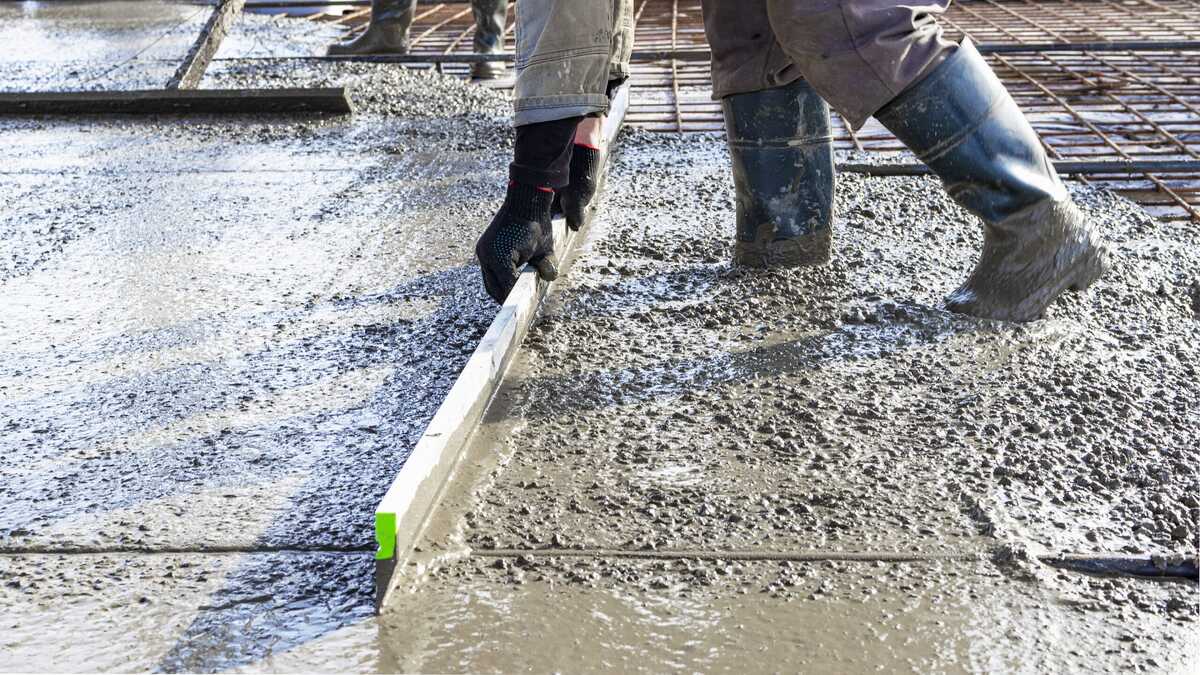Concrete has long been esteemed in the construction industry for its strength, durability, and versatility. Recent advancements have further solidified its status as a premier material in residential building projects. Building a home with concrete offers numerous advantages, from enhanced energy efficiency to superior resistance against environmental threats like fires and hurricanes. This article delves into the benefits, techniques, and considerations involved in building a home with concrete, providing a comprehensive overview for homeowners considering this robust material for their construction projects.
Advantages of Concrete in Home Building
1. Durability and Strength
Concrete is renowned for its exceptional durability. Homes built with concrete can withstand harsh weather conditions that would damage or destroy homes constructed with more traditional materials like wood. Concrete's resistance to fire, rot, pests, and mold contributes significantly to its longevity and reduces maintenance needs over time.
2. Energy Efficiency
Concrete's thermal mass helps in regulating indoor temperatures, keeping homes warmer in the winter and cooler in the summer. This can lead to significant energy savings. When combined with modern insulation techniques, such as Insulating Concrete Forms (ICFs), concrete buildings can achieve remarkable energy efficiency.
### 3. Soundproofing
Due to its density, concrete provides excellent soundproofing qualities. This makes concrete homes particularly appealing in noisy neighborhoods or urban settings, where external sounds can be a constant intrusion.
### 4. Design Versatility
Modern concrete building techniques offer a wide range of aesthetic options, including various finishes, colors, and textures. Concrete can be molded into any shape, allowing for architectural flexibility and customization in home design.
Popular Concrete Building Techniques
### 1. **Poured Concrete Walls**
Poured concrete walls are a common method for constructing foundation and basement walls. Formwork is used to hold the concrete in place as it hardens, and these walls are known for their high structural integrity and resistance to water intrusion.
### 2. **Concrete Blocks**
Also known as Concrete Masonry Units (CMUs), concrete blocks are a cost-effective and practical approach to home construction. They are laid similarly to bricks but provide a sturdier build that is excellent for load-bearing walls.
### 3. **Insulating Concrete Forms (ICFs)**
ICFs consist of hollow foam blocks that are stacked into the shape of the exterior walls, filled with reinforced concrete, and then left in place to serve as insulation. This technique simplifies construction and provides superb insulation, soundproofing, and strength.
### 4. **Precast Concrete**
For those looking for speed in construction, precast concrete panels can be an efficient option. These panels are manufactured in a controlled factory environment and shipped to the construction site, where they are assembled. Precast concrete ensures a high-quality finish, reduces construction waste, and shortens building timelines.
Considerations When Building with Concrete
### 1. **Cost**
Initially, building with concrete might be more expensive than using materials like wood due to the costs of raw materials and labor. However, the long-term savings in maintenance, energy, and durability often offset these upfront costs.
### 2. **Weight**
Concrete is heavy, which means the foundation must be strong enough to support the weight of the house. This might require more extensive site preparation and foundation work.
### 3. **Complexity in Alterations**
Once concrete has cured, it becomes difficult to modify. Any future renovations that involve moving walls or adding new openings can be more challenging and costly than with wood-framed houses.
### 4. **Aesthetic Limitations**
While concrete offers many aesthetic options, it doesn’t suit every style. Homeowners looking for a traditional appearance might find concrete too stark or modern unless considerable design modifications are made.
Conclusion
Building a home with concrete offers a plethora of benefits that make it an attractive choice for many homeowners. Its durability, energy efficiency, and versatility in design make it suited to a variety of climates and settings. While there are considerations to account for, such as cost and flexibility, the advantages of concrete often outweigh these concerns, making it a compelling option for those constructing a new home. Whether you’re building a sleek, modernist residence or a sturdy, low-maintenance family home, concrete provides a solid foundation that promotes longevity, safety, and comfort.


No comments yet